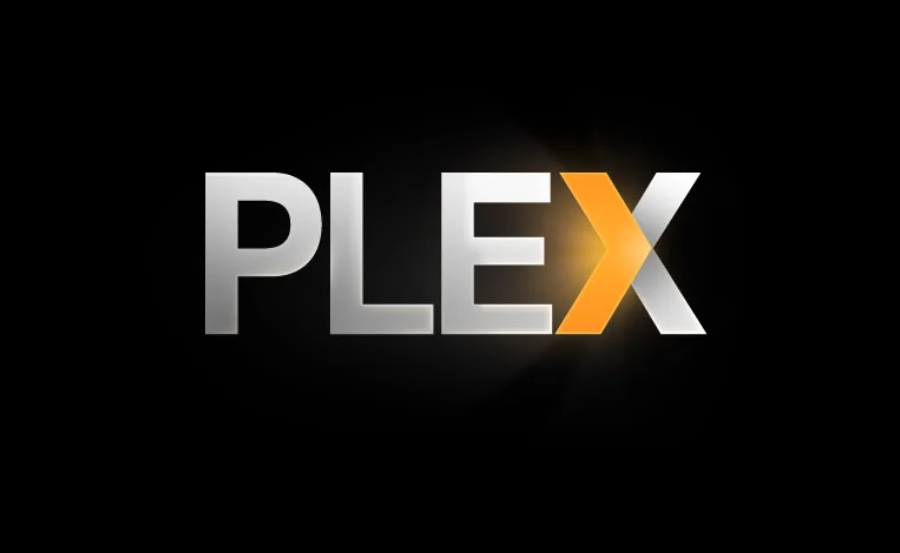Plex is a multimedia platform designed to help you organize, stream, and access digital content, including movies, TV shows, music, photos, and other media files. It allows you to set up a personal media server that makes it easy to stream your collection from any device, anywhere. Plex is often used to manage large libraries of content, with features for organization, playback, and remote access, making it a popular choice for home entertainment setups. Here’s a complete overview of what Plex is, how it works, and its key features:
Buy 1 Year IPTV Subscription Now
1. What is Plex?
Plex is a client-server media system that consists of two primary components:
- Plex Media Server: This is the server-side application that runs on a computer or network-attached storage (NAS) device. It manages your media collection, organizes it, and streams it to your connected devices.
- Plex App (Client): This is the application installed on your devices, such as smartphones, smart TVs, streaming devices (like Roku, Fire Stick, or Apple TV), and computers, allowing you to access and stream media stored on the Plex server.
2. How Does Plex Work?
- Set Up a Plex Server: To get started, download and install Plex Media Server on a computer or NAS device where you store your media files. The server scans your media libraries, fetches metadata (movie posters, descriptions, etc.), and organizes it neatly.
- Connect Client Devices: Install the Plex app on any device from which you want to access your media. Sign in with your Plex account, and you can view and stream media directly from your server.
- Stream Anywhere: With the Plex app, you can stream content from your server over the internet, allowing you to access your media from any location as long as the server is on and has internet access.
3. Features of Plex
- Library Management and Organization: Plex organizes your media into categories like Movies, TV Shows, Music, and Photos. It automatically downloads metadata (cover art, descriptions, actors, etc.) for a well-organized collection.
- Universal Search and Discovery: You can search for content across your media libraries and connected streaming services (Plex also integrates with some free content providers). It offers recommendations and highlights trending shows and movies.
- Live TV and DVR: If you have a compatible TV tuner, Plex allows you to watch and record live TV channels, giving you access to local broadcasts and network channels directly within Plex.
- Parental Controls and User Profiles: Plex lets you create separate user profiles and restrict content access for younger viewers, offering a family-friendly experience.
- Plex Pass: A subscription service that unlocks additional features such as offline downloads, premium music features, enhanced metadata, parental controls, and more.
4. Plex for IPTV
For IPTV users, Plex can be used to stream live TV if the IPTV service provides an M3U playlist or other compatible formats. Users can add their IPTV channel list to Plex, turning it into a media hub for both on-demand and live content. This setup, however, requires Plex Pass for the full DVR and live TV features.
5. Supported Platforms
Plex is highly versatile and supports a wide range of platforms:
- Desktop: Windows, macOS, Linux
- Mobile: iOS, Android
- Smart TVs: Samsung, LG, Vizio, and more
- Streaming Devices: Roku, Amazon Fire Stick, Chromecast, Apple TV
- Game Consoles: PlayStation, Xbox
- Web Browser: Access via any browser through the Plex web app
6. Free vs. Paid Features
- Free Version: Provides basic media streaming, library management, and remote access features.
- Plex Pass (Paid): Adds advanced features like offline sync, live TV, DVR, premium music features, and parental controls.Understanding EPG: Enhancing Your IPTV Experience
7. How to Use Plex
- Step 1: Download and install the Plex Media Server on a computer or NAS.
- Step 2: Organize and add media files to libraries, which Plex will then scan and organize.
- Step 3: Install the Plex app on client devices and log in.
- Step 4: Access your media from any connected device to start streaming.
8. Why Use Plex?
Plex is particularly useful for people with large media libraries who want to stream content from a central location. It provides the flexibility to manage various media types, integrates with multiple devices, and offers the convenience of accessing your collection from anywhere. Plex’s interface is intuitive, and its metadata management creates a cinematic experience for your media library.what is kodi and How Kodi Works?
9. Plex Alternatives
Some popular alternatives to Plex include:
- Emby: Another client-server media system with similar features to Plex but with some customization options.
- Jellyfin: An open-source media server that offers similar functionality as Plex without any subscription costs.
Plex continues to grow as a top media server choice, offering extensive features that make it easy to manage and enjoy digital content at home or on the go. Whether for personal use, live TV, or even IPTV streaming, Plex provides an organized and user-friendly interface for all your media needs.
want buy one year subscription

